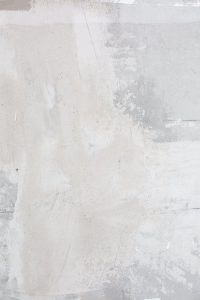Moisture problems are not a monolith (meaning there are mind kinds that you need to watch out for).
If you’ve lived through the torture of damp basements or walls and the problems they cause, you don’t want it happening again. To ensure that, it’s essential to understand all the different kinds of dampness. Let’s begin.
Condensation
This is one of the most common culprits. The cost of treating problems that arise due to condensation can vary from situation to situation. The worst part is that condensation works insidiously—without letting you know that there’s a problem.
Condensation occurs during the rainy season or if the exhaust fans in your kitchen and bathroom are malfunctioning. If you’re noticing puddles near window sills or steam collecting on windows, the humidity levels inside the house are too high.
You need to act fast before it gets as bad as the growth of black mold.
You know what to do: show the moisture out (i.e., ventilate the house by letting the moisture escape).
Penetrating Dampness (Leaks)
This is a plumbing nightmare that homeowners hate with a passion. It can lead to landscape destruction if the damage is in the pipes behind walls or underground.
Sadly, the only way for you to find out if there’s a pipe leaking somewhere is to look out for water patches on the floors or walls. But if you have a sharp nose, you can spot a distinct damp smell when you go into your basement. That’s a red flag that something is amiss.
Inspecting the problem yourself won’t help unless you have experience in dealing with such problems. If you don’t, it’s best to call us for a free inspection of your house. This will help prevent further damage.
Rising Dampness (Groundwater)
The key to spotting rising dampness is to look toward the lower parts of walls where they join the floor. It might be hard for you to see this if your walls have wallpaper.
You’ll notice wall paint bubbling or peeling off. This is a sign that groundwater is rising and penetrating the masonry structure. The salts, including nitrates and chlorides from the groundwater, leave residues on the lower part of the wall, where it appears white. The salt band is a sign that you need to look into the problem.
The damage doesn’t end there. The salt band is hygroscopic, which means that it sucks moisture from the air. This will aggravate the dampness of the wall and make the problem worse. So act before it gets that far.
Are you looking for reliable waterproofing experts in Philadelphia who can help with this? Our experts have over 30 years of experience in treating damp walls and waterproofing basements and crawl spaces. We’ll put our best men on the job!
Call us at 1-877-373-9084.



